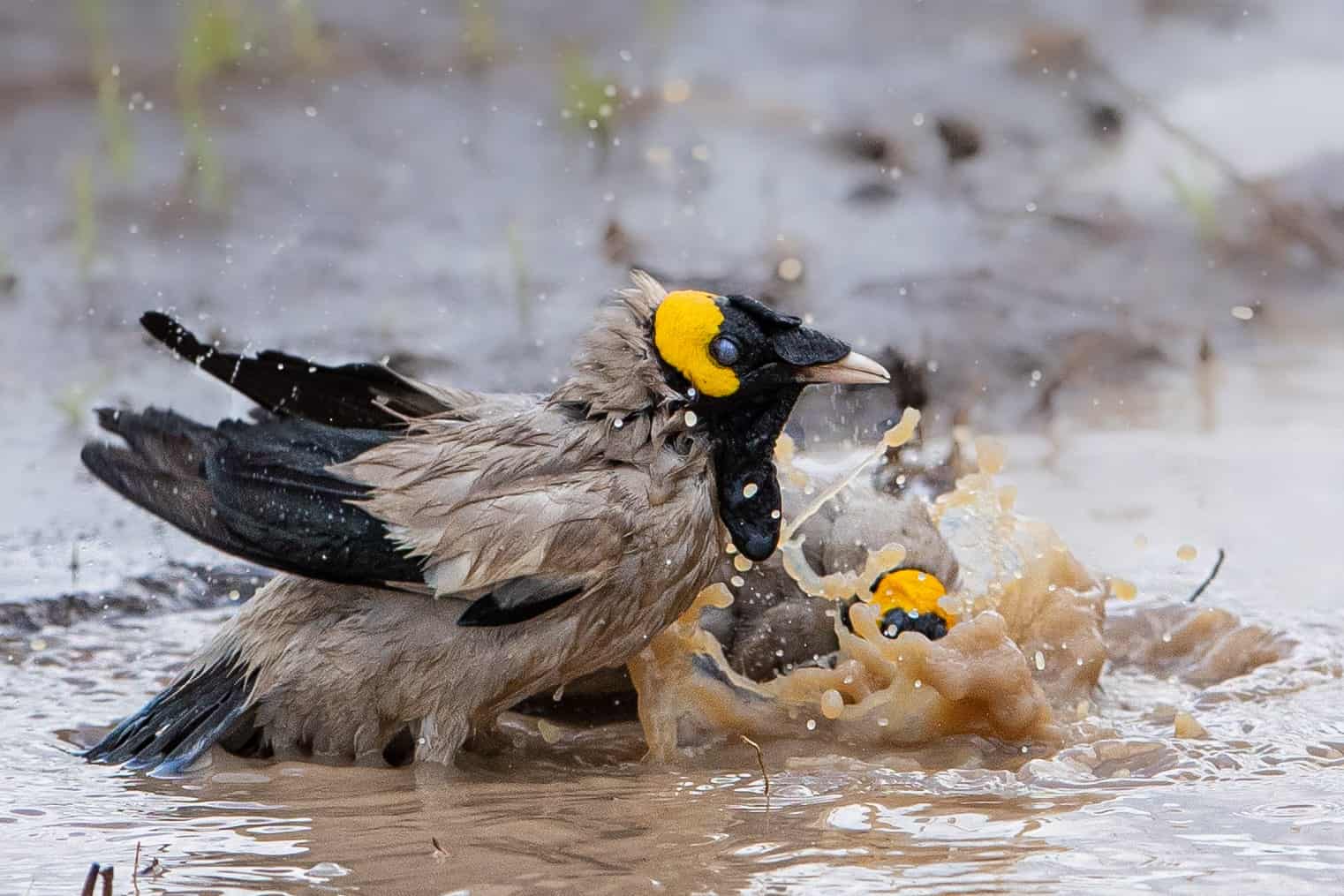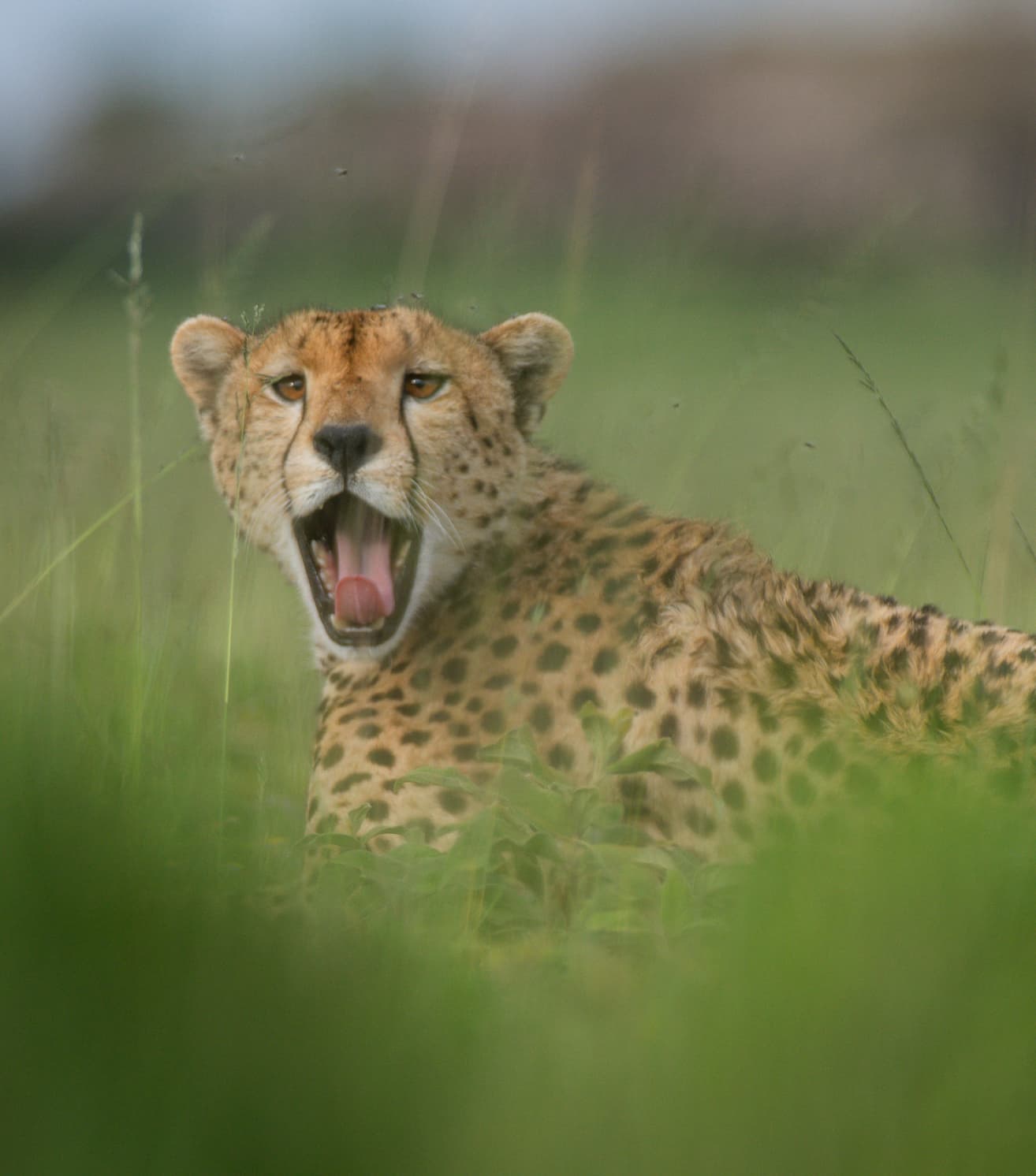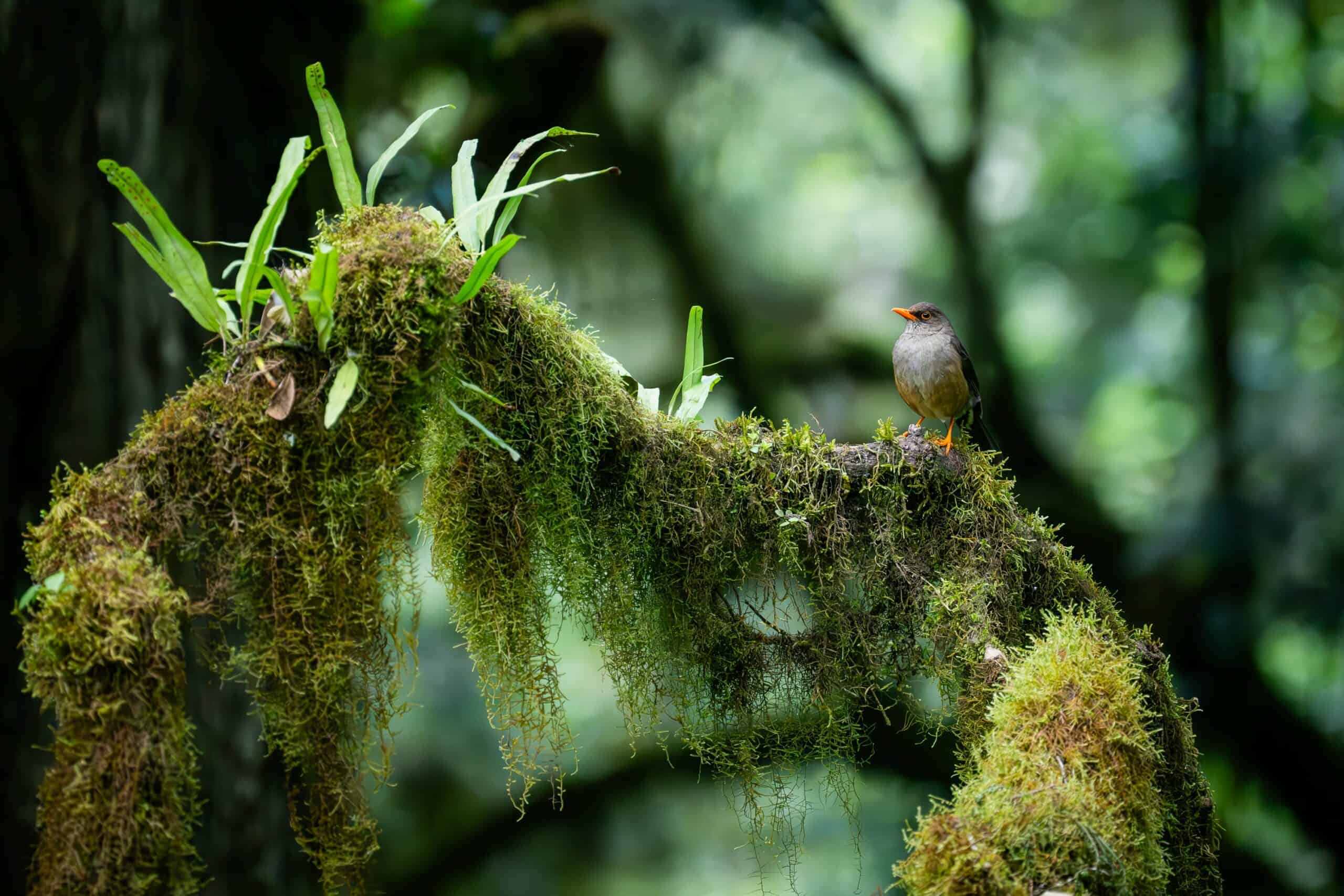

Introducing Entara’s New Camp
Koroi Forest Camp, a gem in Arusha National Park
Imagine this. Gazing upwards through a shimmering canopy of ancient trees, where noble cedar trees, snaking vines, and worn bark cast dancing shadows on a mossy forest floor, alive with enchanting critters. Black and white colobus monkeys leap from branch to branch and graceful bushbuck move through open glades encased by towering fauna and flora. This is but a mere glimpse into the experiences awaiting you at the opening of Entara’s new Koroi Forest Camp in July 2025.
Koroi Forest Camp is nestled in Arusha National Park, a quilt of natural habitats puzzled together between the towering peaks of Mount Kilimanjaro and Meru, playing host to a unique blend of biodiversity and wildlife. This dramatic landscape is shaped by the ash cone and cliff faces of Mount Meru that frames the park’s volcanic crater lakes and calderas.
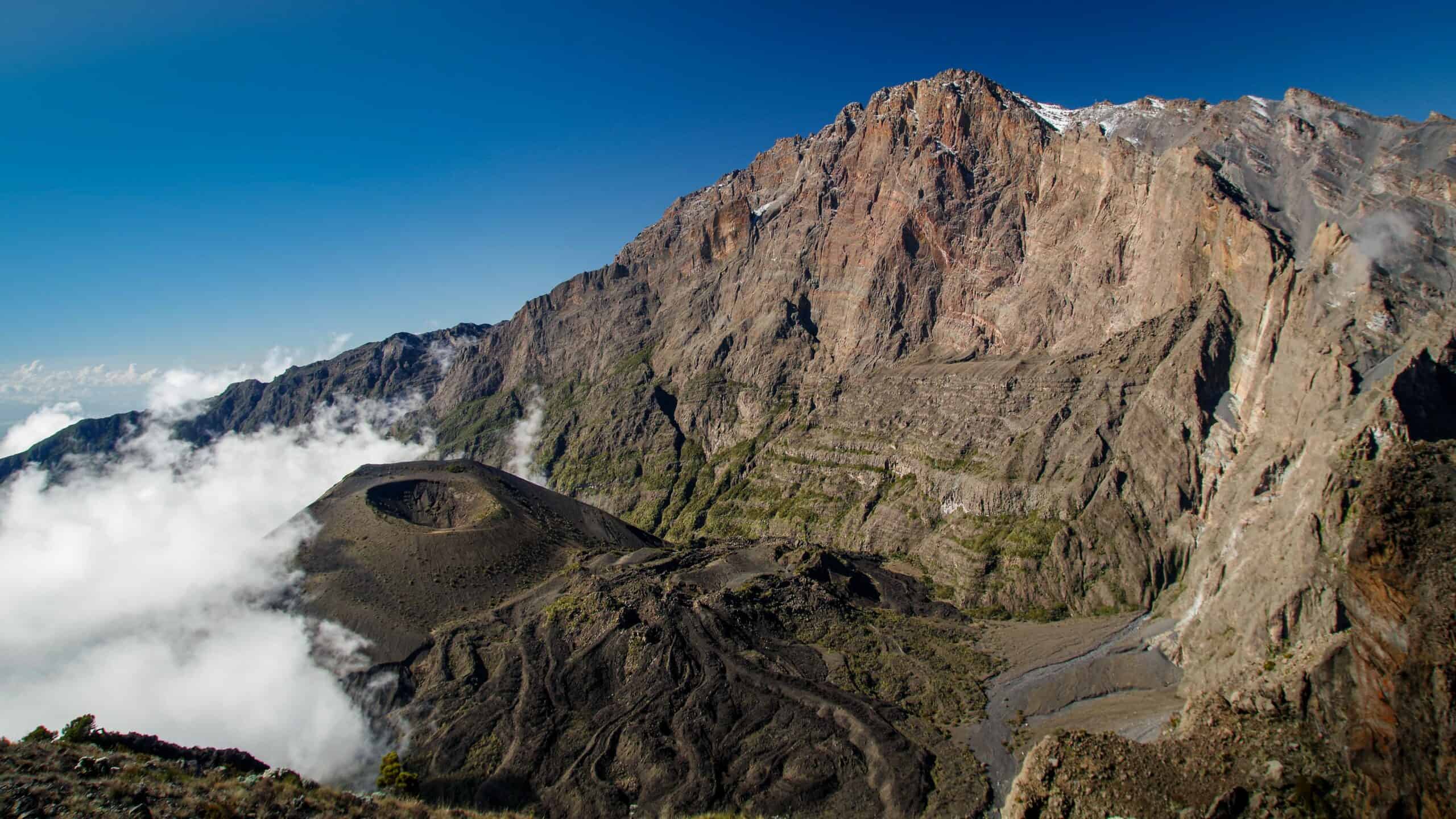
For those seeking to connect with nature, we can’t wait to give you an insight into what these new stunning surroundings encompass…
A glimpse into the many faces of Arusha National Park, home to the new Koroi Forest Camp. Photo credits: Osse and Hagai Zvulun.
To set the scene, Arusha National Park (despite its relatively small size of 522 km²) offers boundless tales interwoven throughout history and local cultures. The park itself, and the nearby town of Arusha, are named after the Warusha people who historically inhabited the area. However, the park also overlaps with territories historically inhabited by the Meru and Maasai people. This can be seen through areas of the park deriving from the Maasai language. Fittingly, “Koroi”, the name of Entara’s new camp, means “Colobus” in Maasai.
Koroi Forest Camp is tucked in at the base of Mount Meru, a dormant volcano that rises to 4,562 meters, making it the fifth-highest peak in Africa. Those who reach the summit of Meru are met with awe-inspiring, sweeping scenes of Kilimanjaro and the expansive Rift Valley. Deep within the forest below, Koroi Forest Camp’s chalets overlook a seasonally flooded forest glade that attracts various forest wildlife. These glades, likely created by elephants or fallen trees, are kept open by grazing buffalos, waterbucks, and bush pigs. This prevents the re-establishment of trees and makes for breathtaking, lush pastures where wildflowers thrive in the open, sunlit areas – with butterflies aplenty in tow.
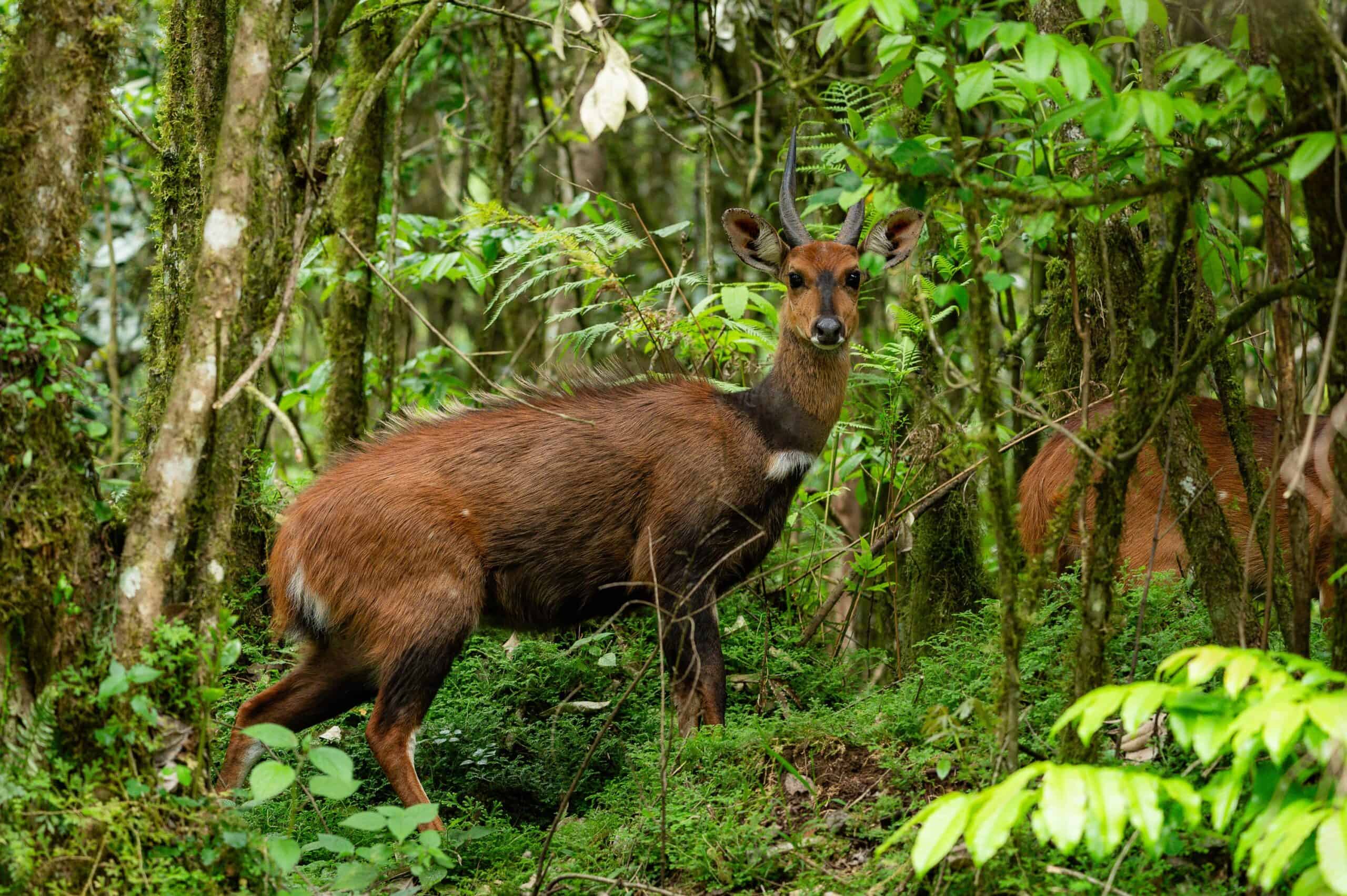
Venturing through the park reveals endless opportunities to observe wildlife in their natural habitat, with each encounter enriching the serene ambience of the landscape.
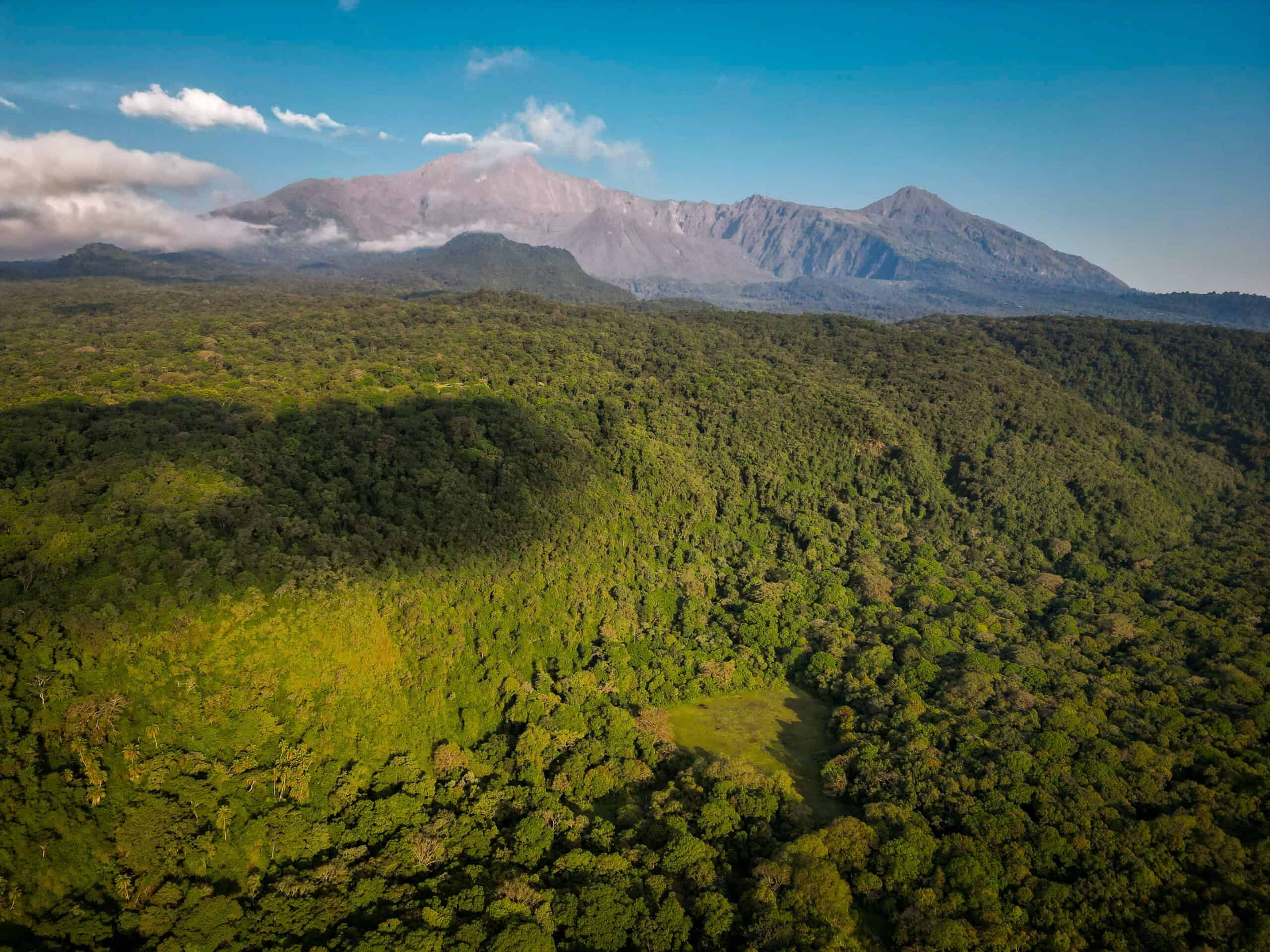
The early morning hours, and late evenings, are when forest wildlife are most active, making them the best wildlife scouting-times. However, something that stays put, regardless of the time of the day, is the abundant plant life. As one walks through the forest, distinct layers of vegetation emerge. The canopy formed by intermediate trees is broken only by those tallest, emergent trees that rise above, forming a dramatic layered effect. Below these are the lower shrubs, and the grasses and flowering plants come at the ground level.
A memorable tree that stands out in the forest is the Ficus thonningii, better known as the strangling fig. Identifiable by its aerial roots and smooth grey bark. The fig’s seeds are often dropped in the forks of other trees by birds and monkeys, playing their role in the fig’s survival tactics. Smartly, once germinated, the fig sends down roots that eventually strangle the host tree, claiming it as its own new home.
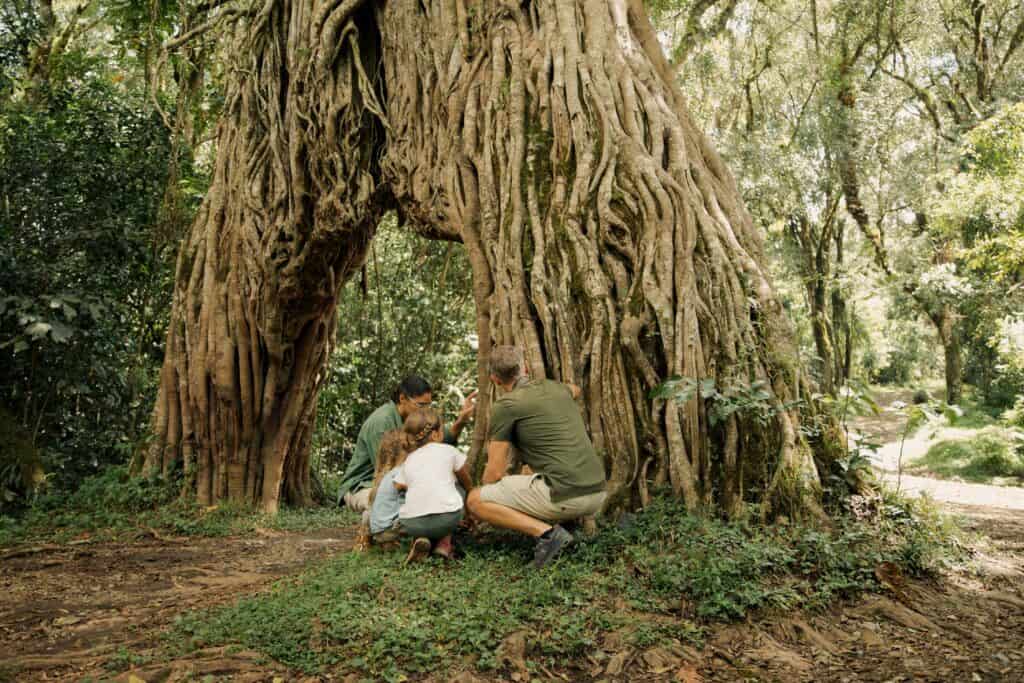
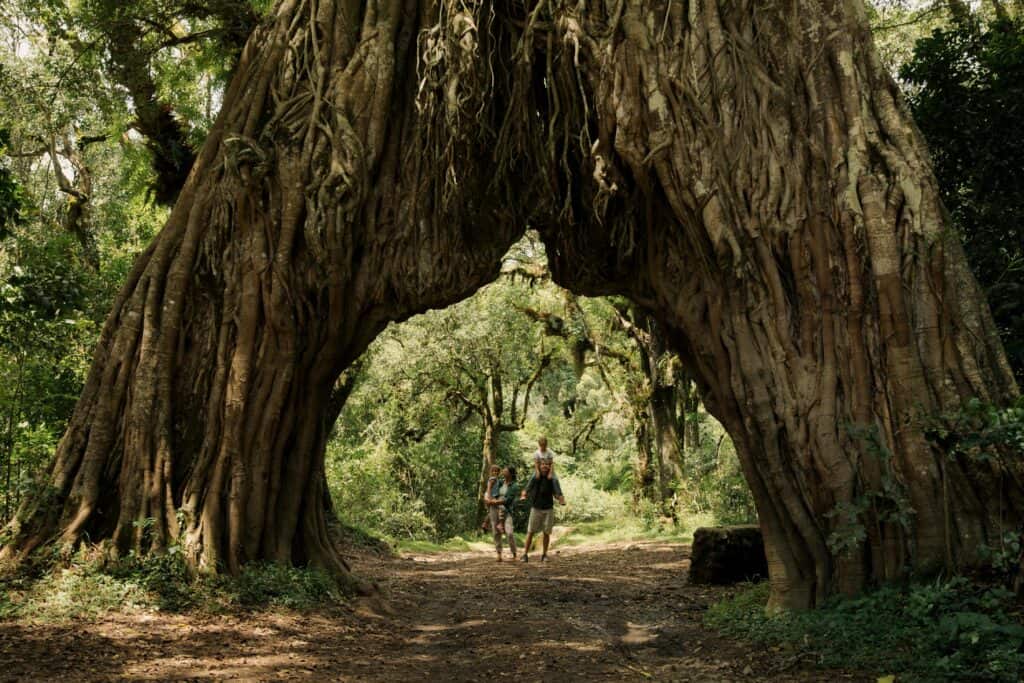
The Strangling Fig (Ficus thonningii). Photo credit: Osse
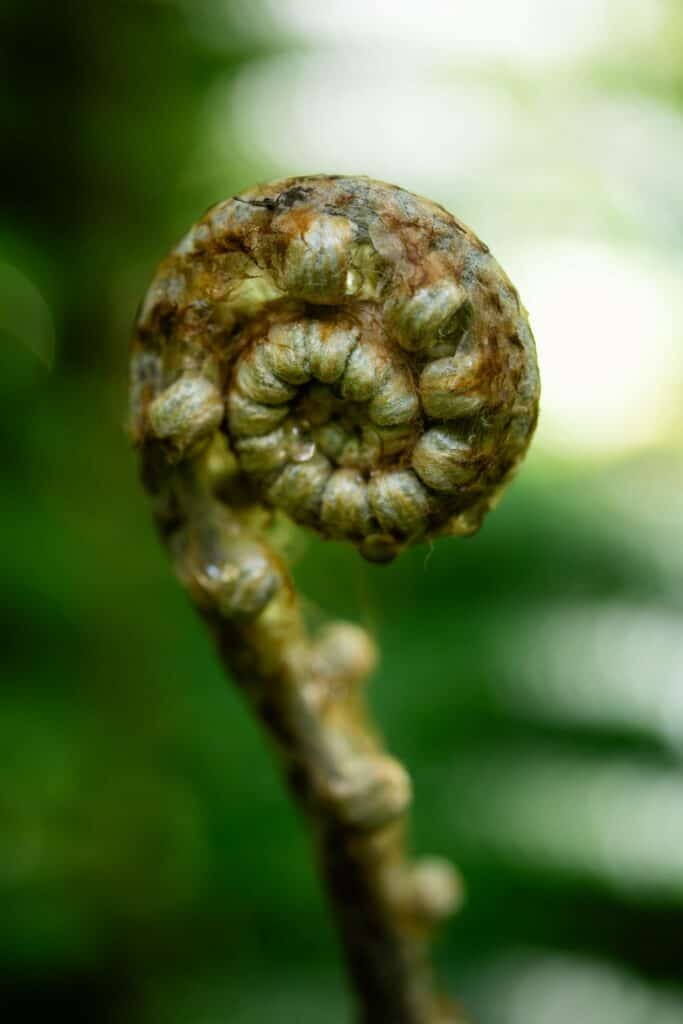
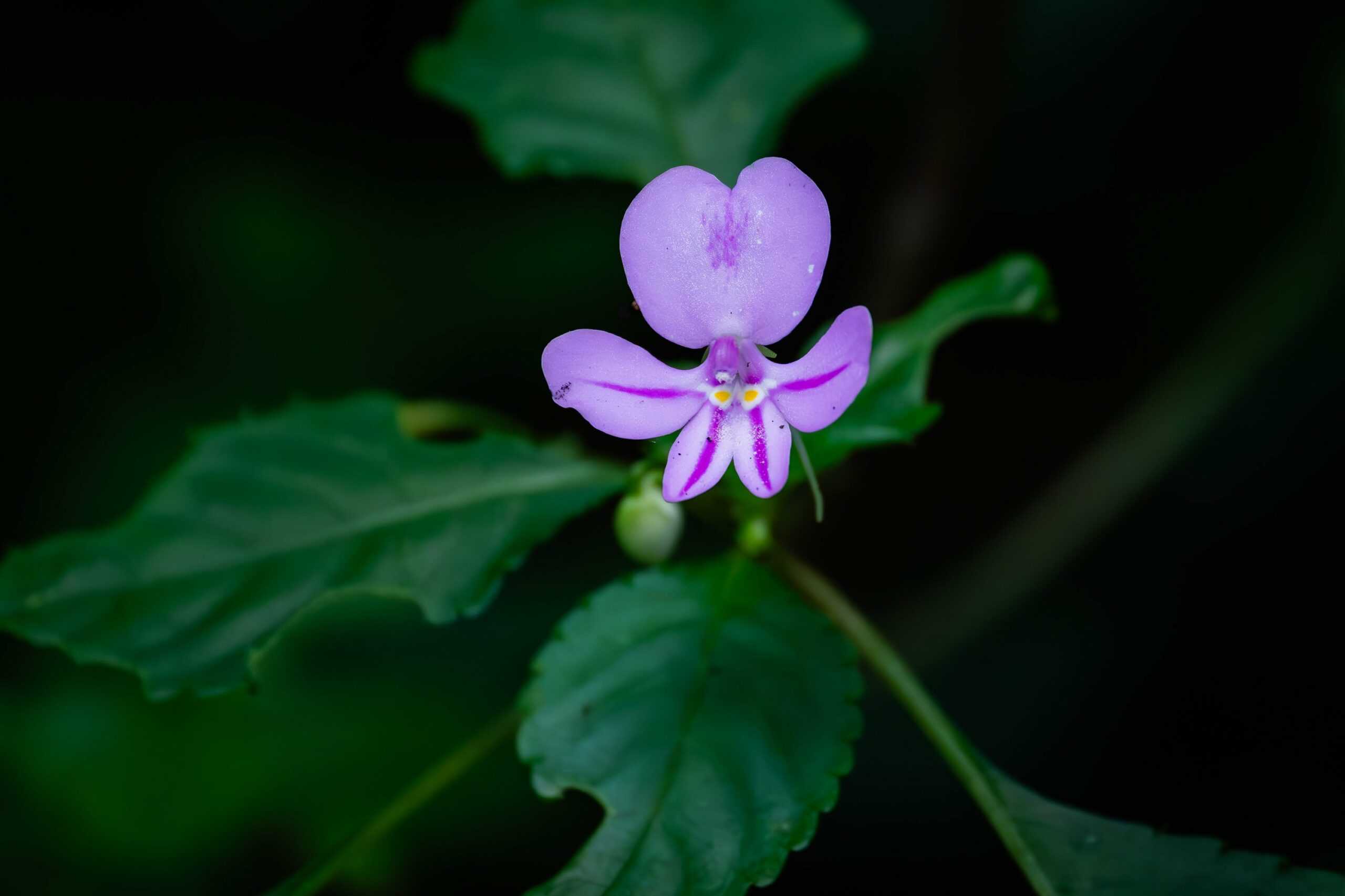
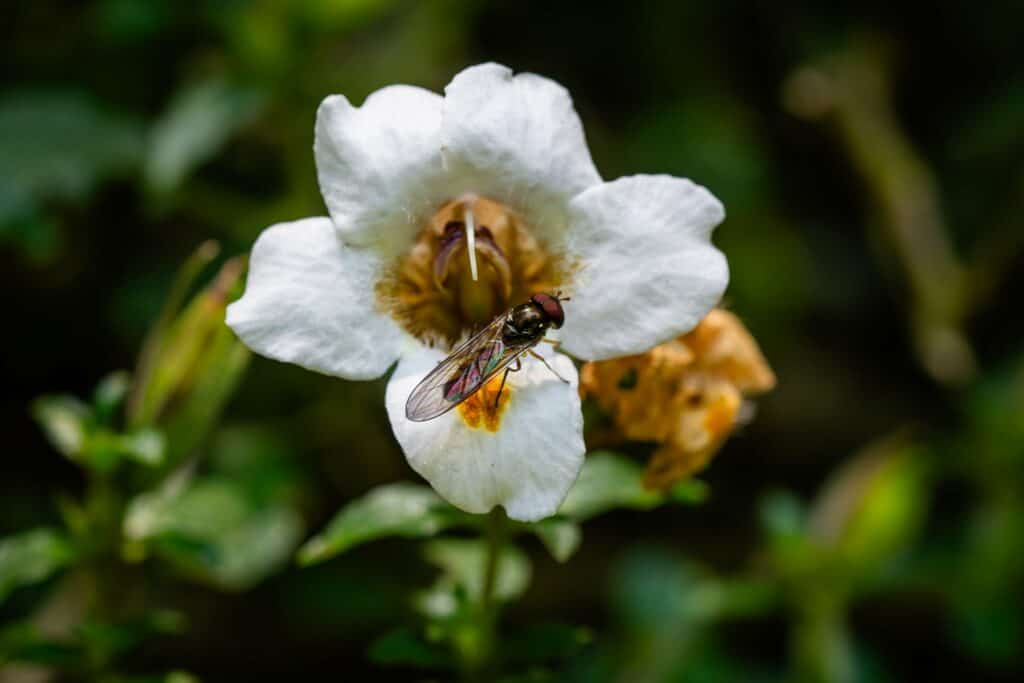
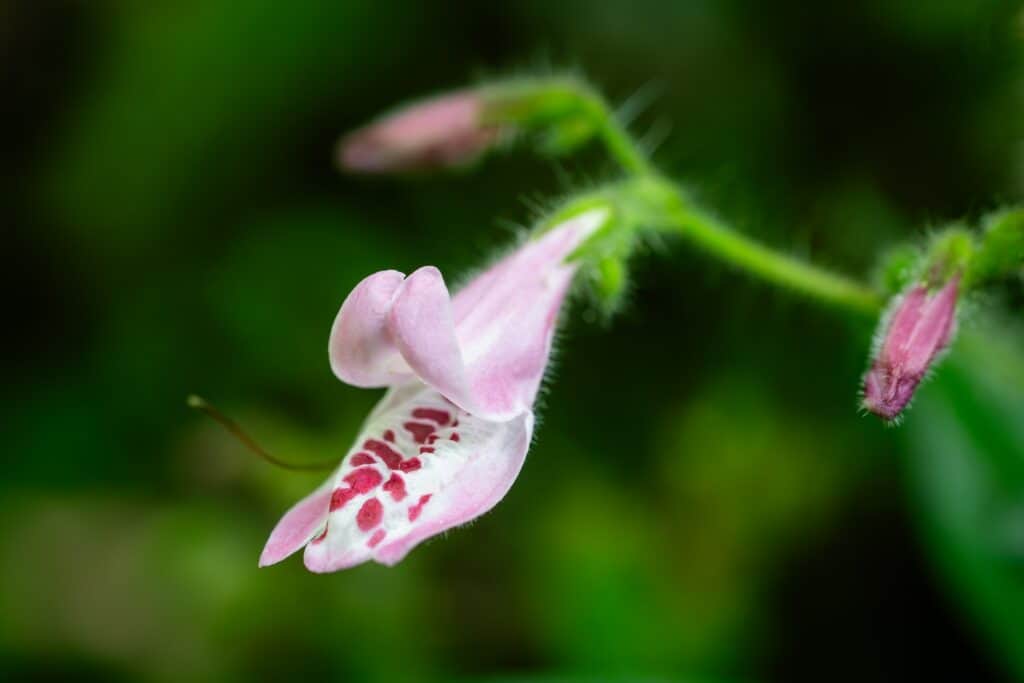
Flora galore! Photo credit: Hagai Zvulun
To illustrate the scene underfoot, the forest floor is adorned with Vernonia shrubs, their broad leaves and mauve flowers making them visible. Among them, the delicate pink-flowered balsam, Impatiens papilionacea, thrives beautifully in the shade.
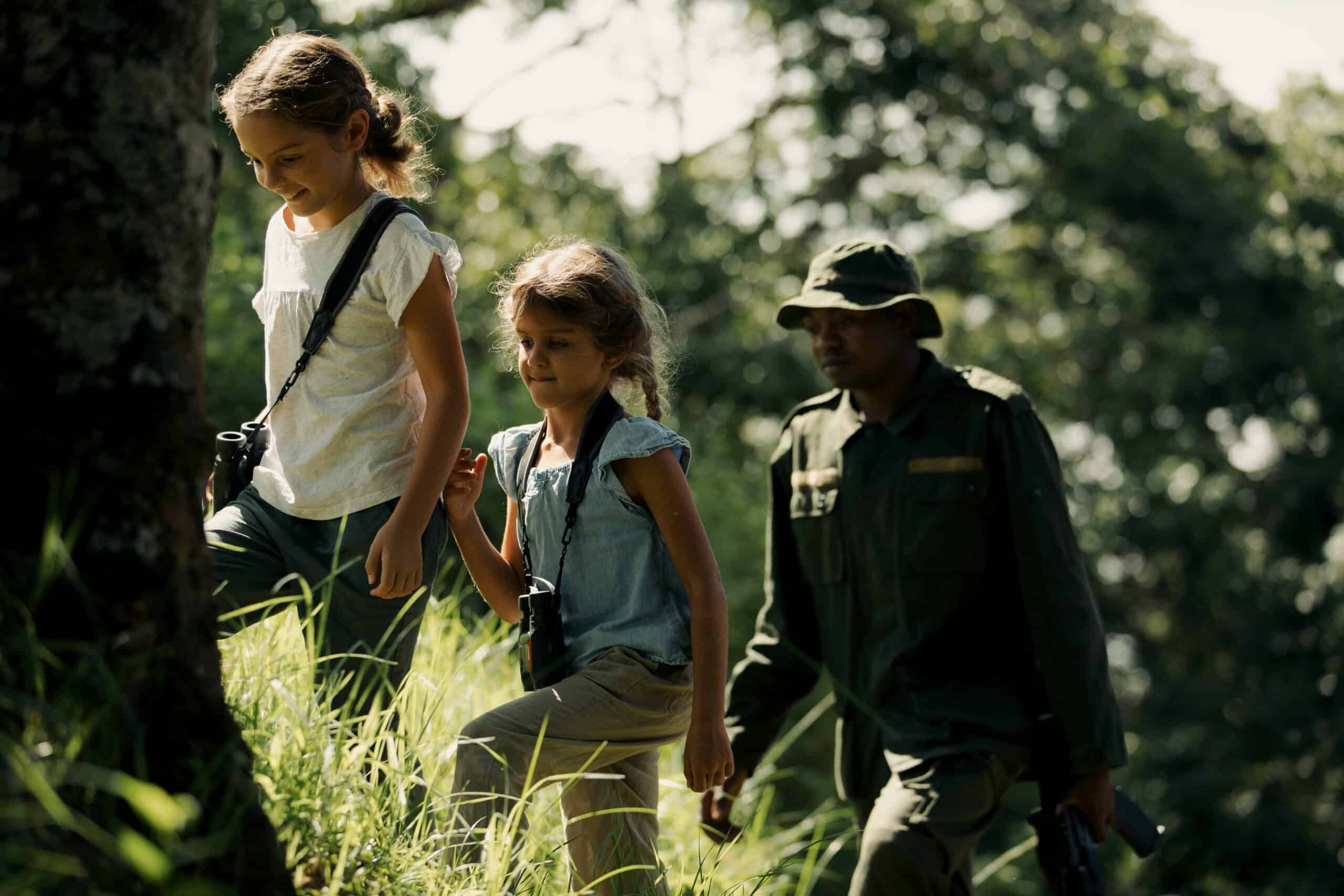
The forest buzzes with life, but to fully immerse oneself in its wonders, patience and silence are essential and most certainly rewarded with more sightings and sounds. Choose to partake in a guided walk led by a naturalist or simply observe the vibrant surroundings from your veranda, or one of the strategically placed viewing benches and platforms scattered throughout the forest.
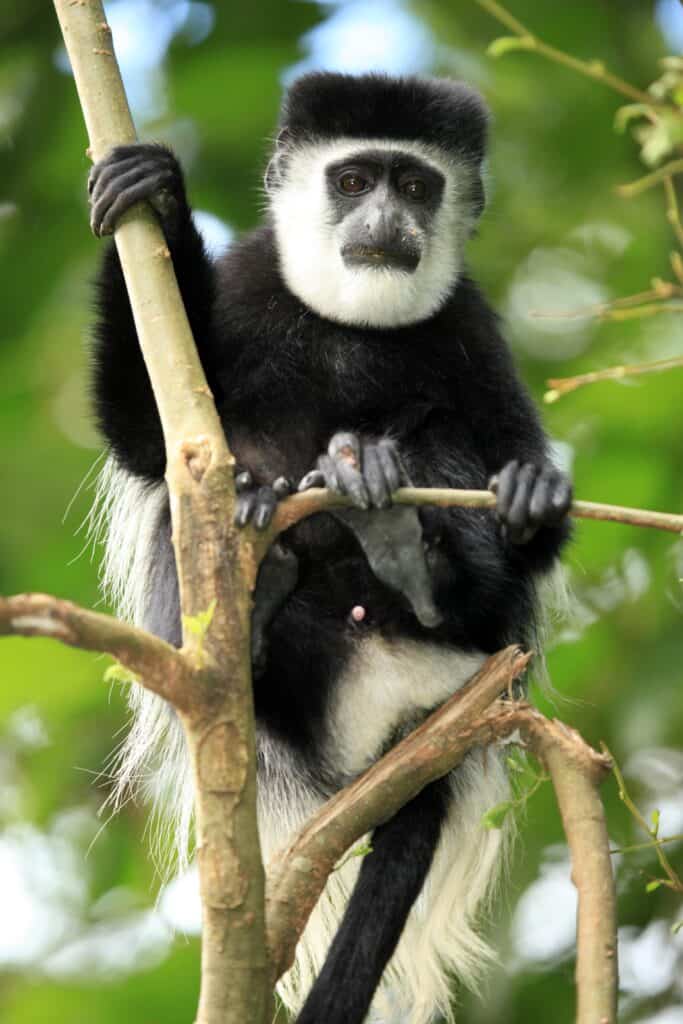
One of the most captivating residents of the forest is the black-and-white colobus monkey. With their long, flowing fur and bushy white tails, these monkeys are a striking sight as they navigate the canopy, seldom venturing to the ground. Their deep, guttural calls echo through the forest. These powerful and throaty vocalisations provide a unique wake-up call each morning at camp.
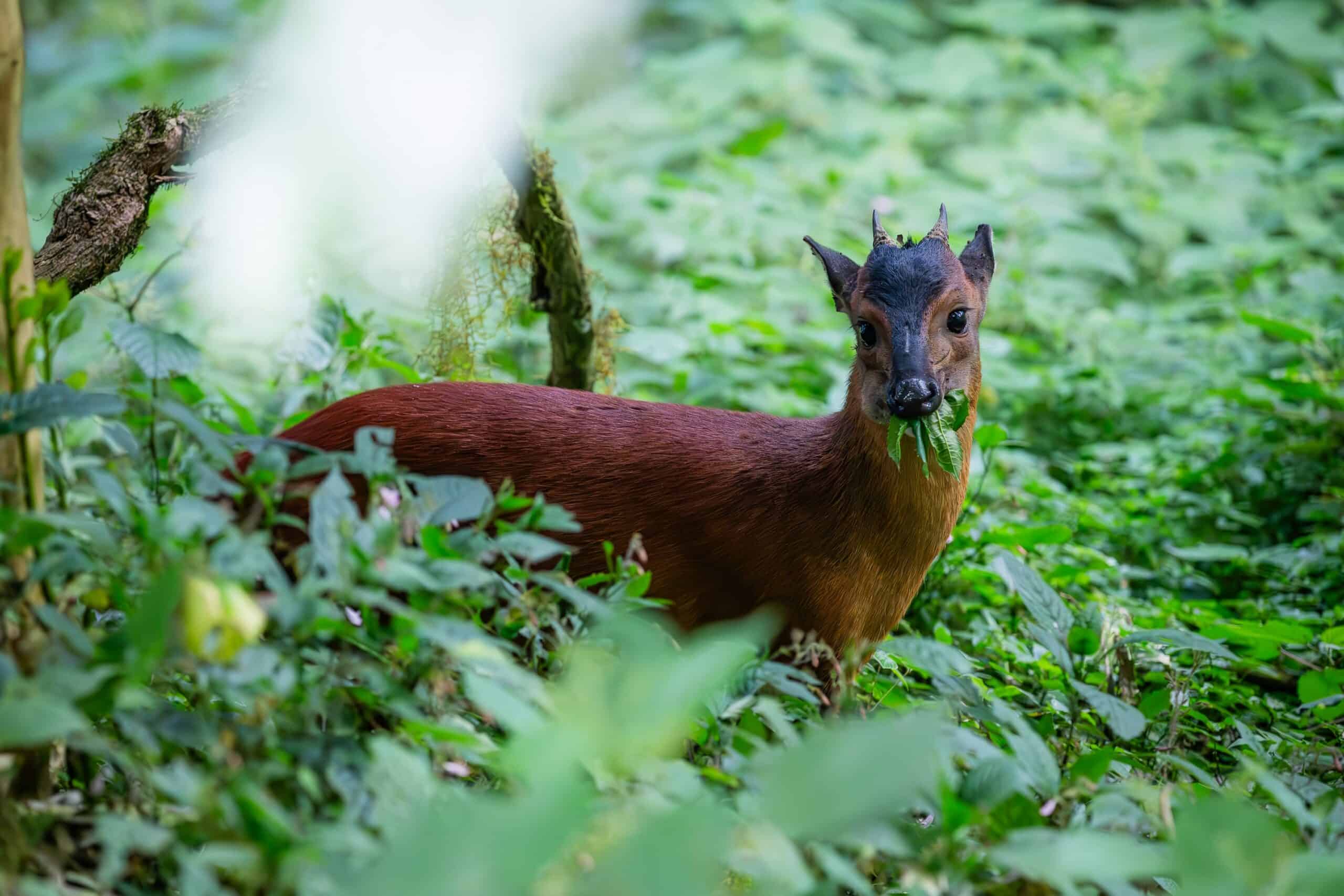
In contrast, the red duiker is a timid and discreet antelope, frequently spotted meandering through the thick undergrowth. These petite, rufous-chestnut antelopes primarily browse on leaves, shoots, bark, and seeds and are recognised for their solitary and quiet demeanour.

Another striking bird frequently seen around camp is the silvery-cheeked hornbill. Perhaps first given away by its distinctive casqued bill or how it flies with loud whooshing wing beats, only to perch atop trees whilst issuing its raucous call. Hornbills are also known for their unique nesting behaviour, where the female is sealed inside the nest during incubation, relying on the male to feed her through a small opening.
Bird enthusiasts will delight in spotting Hartlaub’s turaco, which boasts vibrant green and purplish-black plumage accented with crimson wings. They will also enjoy the presence of two trogon species – Narina’s and the bar-tailed. These medium-sized birds, known for their brilliant green and red feathers, are often heard before they come into view.
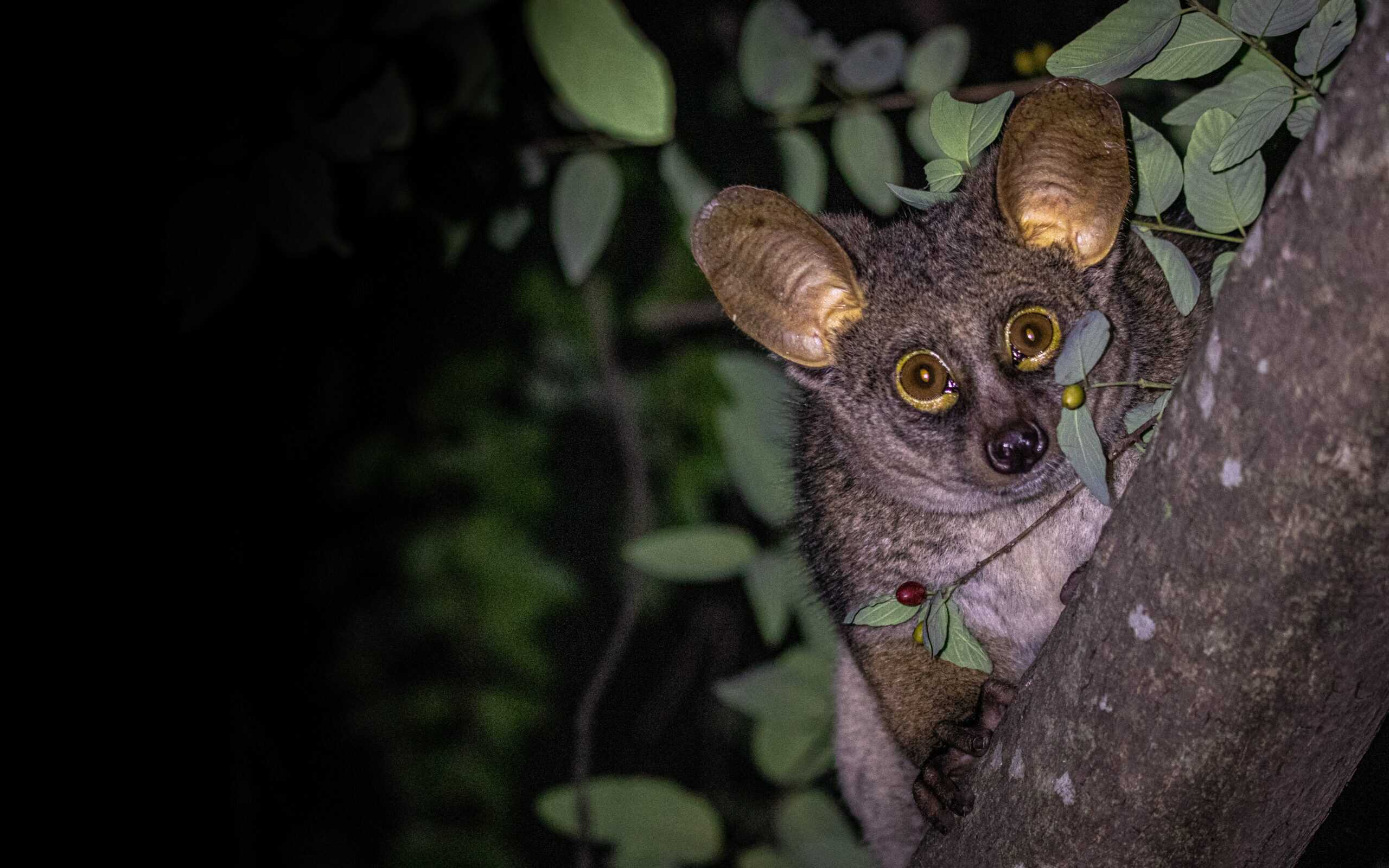
As the day comes to a close and night descends, the forest stirs to life with a new array of creatures. Leopards move stealthily through the shadows, their presence only betrayed by the alarm calls of other animals. The air becomes alive with the haunting calls of greater bush babies, the sharp screeches of tree hyraxes, and the melodic hoots of wood owls. Buffalo herds cautiously step into the glade, grazing beneath the veil of darkness, while nocturnal hunters like bushy-tailed mongooses and civets scavenge for frogs, and genets quietly explore the underbrush.
The forest serves as a sanctuary for both body and spirit. We invite you to discover the serenity and richness of Koroi Forest Camp, Entara’s newest retreat.
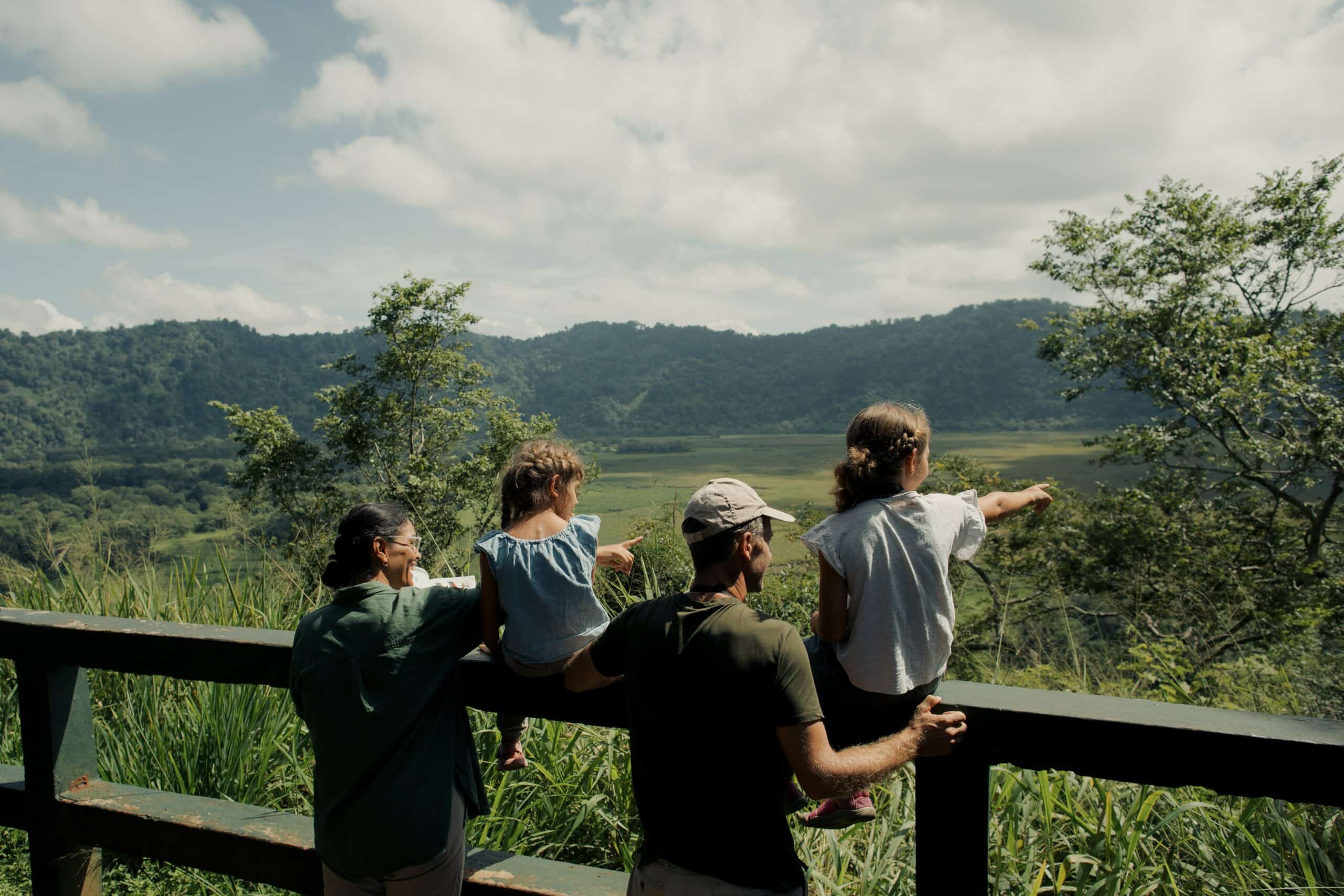
Enquire now
Facebook
Instagram




(The) Science and Spectacle – Bird Migration in Northern Tanzania
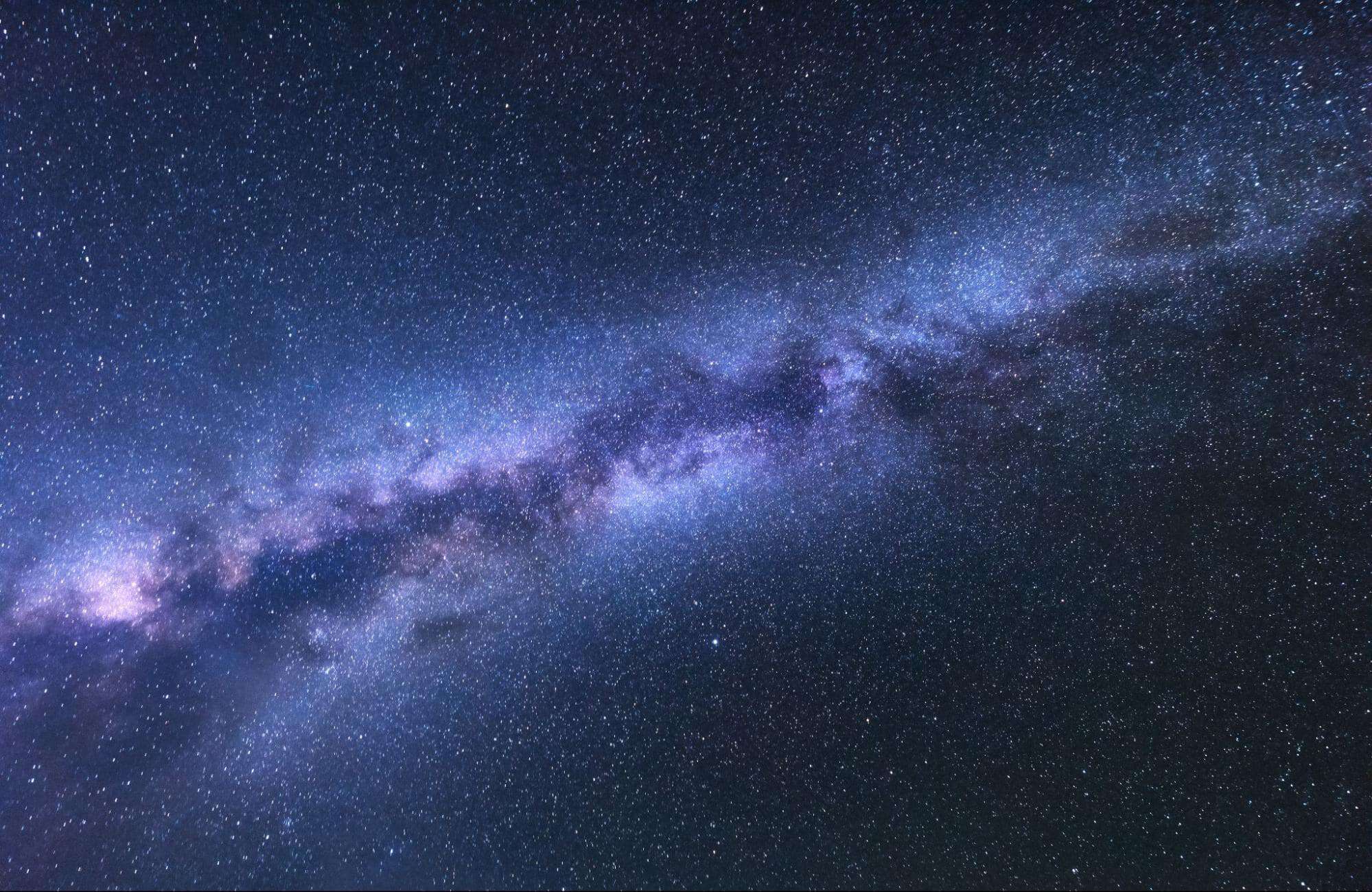
A Journey Through Tanzania’s Night Sky and Traditions
